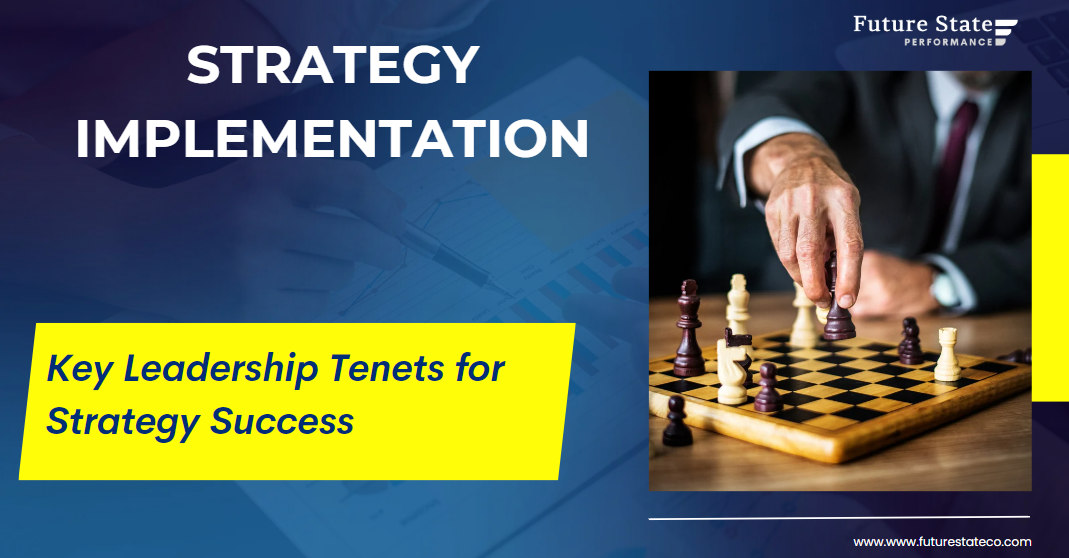In the fast-paced world of business, strategy implementation can often feel like navigating uncharted territory. However, with the right processes in place, organisations can chart a clear path towards success.
When looking at the process elements, there are some crucial considerations:
The Need for New Capabilities:
To achieve new things, there is a good chance there is a requirement to do new things, that is create new processes.
In fact, implementing new processes is essential for adapting to changing business environments and achieving strategic objectives.
Assess the requirement for new capabilities in all areas of your business.
And should there be a requirement, ensure they are streamlined and efficient workflows, so your organisation can enhance productivity to drive innovation.
Consequence of Neglect:
Relying on existing processes with the possibility of outdated practices will hinder, or even worse, halt progress.
New Capability Skills Requirement:
To follow on from above, should there be a requirement for new capabilities, there will be a requirement for new skills to follow.
Investing in training and development programmes ensures that teams are equipped with the necessary expertise to navigate new capability and process requirement.
Consequence of Neglect:
Failure to address skills gaps can lead to inefficiencies and setbacks in strategy execution.
Continuous Optimisation:
Continuous optimisation of processes is key to maintaining competitiveness and agility in today’s dynamic market landscape. By regularly reviewing and refining workflows, organisations can identify areas for improvement and drive operational excellence.
When it comes to strategy implementation it doesn’t get more important than this.
Consequence of Neglect:
Scaling your business, as what most strategies call for, is a delicate operation.
When you scale your processes in an unoptimized state will also scale your issues. This can be very destructive.
End-to-End Views:
In the world we live in, there is a requirement for all areas to have strong lines of communication, material and information flow. This is cross functional excellence.
Taking an end-to-end view of processes allows organisations to identify bottlenecks and inefficiencies across the entire value chain. By understanding how each component contributes to the overall outcome, leaders can make informed decisions and drive strategic alignment.
Consequence of Neglect:
Neglecting this perspective will lead to fragmented efforts and suboptimal results.
Applying Systems Thinking:
Systems thinking takes cross functional excellence to the next level, paying close attention to the valuable interconnections and dependencies within organisational processes. And those processes that are part of the value chain that leads to valuable outcomes for your client base. By adopting a holistic approach, leaders can identify systemic issues and implement systemic solutions that address root causes rather than symptoms.
Consequence of Neglect:
Ignoring systems thinking will result in short-sighted solutions and recurring issues.
Metrics:
I like to say, when you have your organisational structure and business model aligned to the strategic goals of the company, the key metrics are the proverbial ‘icing on the cake’.
When Key Metrics are chosen correctly, the play a crucial role in measuring progress and evaluating the effectiveness of strategy implementation efforts. Along with that, they also tell you that you are / or aren’t, doing the right things. Key metrics are key drivers for behaviours and success.
By establishing clear and relevant KPIs, organisations can track performance, identify areas for improvement, and make data-driven decisions.
Consequence of Neglect:
There are 2 key areas of neglection.
- When you measure the wrong things, you will drive the wrong behaviours.
- When you measure too many things, they key drivers get lost, and you end up in a situation where you have EPIs, that is EVERY Performance Indicator.
These leads to confusion and will hinder strategy progress.
In conclusion,
Process excellence is fundamental to successful strategy implementation. By addressing capability requirements, prioritising new processes, embracing continuous optimisation, adopting end-to-end views, applying systems thinking, and defining relevant metrics, leaders can steer their organisations towards sustained growth and competitive advantage.
Summary
- Consistency is Vital: Establishing and maintaining consistency throughout strategy implementation is crucial for success.
- New Processes: Introducing new, efficient processes ensures adaptability and productivity.
- New Capability Requirement: Investing in training equips teams with necessary skills for strategy execution.
- Continuous Optimisation: Regularly refining workflows drives operational excellence and agility.
- End-to-End Views: Understanding the entire value chain identifies bottlenecks and enhances strategic alignment.
- Applying Systems Thinking: Holistically addressing systemic issues fosters long-term solutions.
- Metrics: Defining clear KPIs tracks progress and informs data-driven decision-making.


